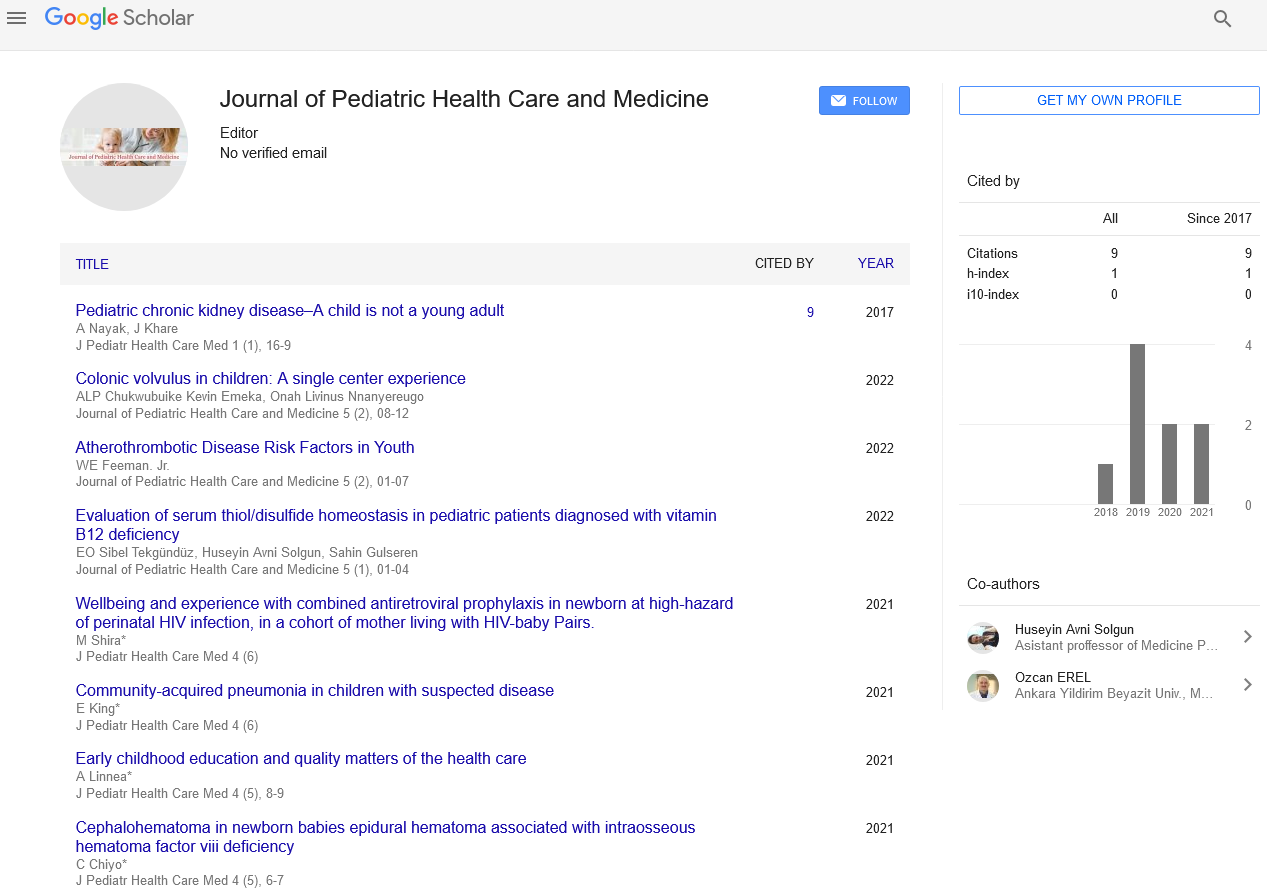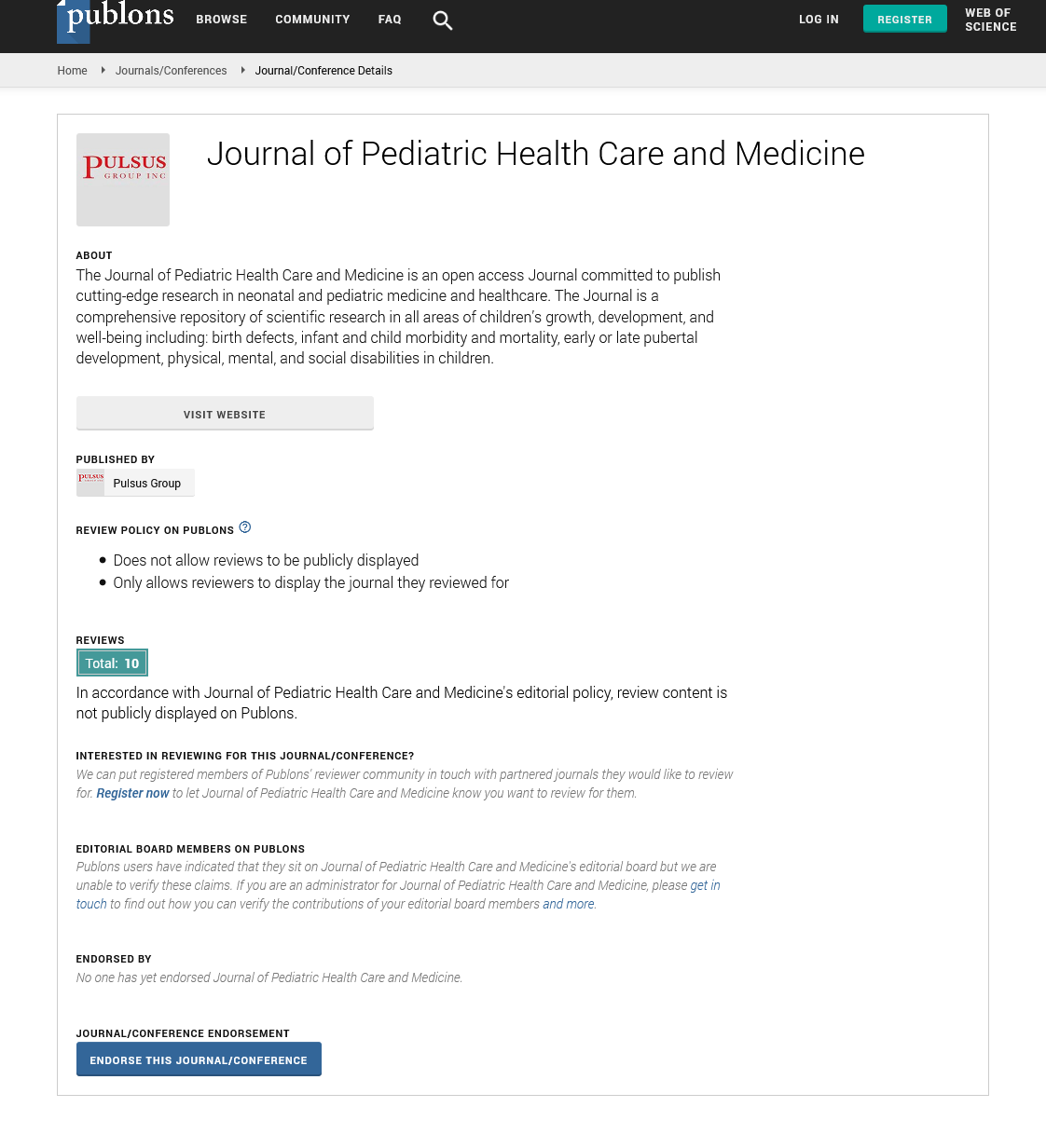Cost identification as a tool for selection of vaccination: A case study on Pneumococcal vaccine
Received: 18-Apr-2019 Accepted Date: May 03, 2019; Published: 10-May-2019
Citation: Wiwanitkit V. Cost identification as a tool for selection of vaccination: A case study on Pneumococcal vaccine. J Pedia Health Care Med 2017;1(1):1.
This open-access article is distributed under the terms of the Creative Commons Attribution Non-Commercial License (CC BY-NC) (http://creativecommons.org/licenses/by-nc/4.0/), which permits reuse, distribution and reproduction of the article, provided that the original work is properly cited and the reuse is restricted to noncommercial purposes. For commercial reuse, contact reprints@pulsus.com
Editorial
The cost is usually the big concern on public health. In diagnosis, treatment and prevention of disease, the cost is usually a big consideration. For disease prevention, the cost is usually assigned to the vaccination. In pediatric care, there are several available vaccines. Some vaccines are included in the national vaccine programs in several countries whereas there are many new vaccines that are available but not included in the national vaccine programs. The important concern is usually on the cost of the vaccine. Here, I would like to discuss and show case study on the pneumococcal vaccine in Thailand scenario. In Thailand, a tropical country in Southeast Asia, several vaccines are included in the national vaccine program and provided free for pediatric population but there are also other vaccines that are not included [1]. Focusing on new vaccine, the pneuomococcal vaccine has just been introduced for prevention of pneumococcal bacterial infection, which is an important infection among pediatric subjects. At present, the new vaccine, pneumococcal vaccine has just been available in Thailand for a few years and it is not included in the national vaccine program. One who wants to have this vaccine has to pay for the vaccine. The vaccine is used for prevention of pneumoccal infection which is a considerable serious respiratory infection worldwide at present. In Thailand, the disease exists but is not highly prevalent [2]. Nevertheless, the fatality is very high [2]. As noted, the pneumococcal infection is observable in Thailand but there is still no recommendation for universal vaccination against this infection although the vaccine is already available. As noted by et al., the vaccination should be given for the pediatric population in Southeast Asia including Thailand [3]. Wongsawat and Chokephaibulkit suggested that the systematic cost– benefit analysis of the vaccine in Thailand is required [4].
The concern is usually on the cost. Because there is no evidence of the effectiveness of the vaccine in Thailand, the primary basic concern is usually on the unit cost. The unit cost identification is necessary for making decision to get the vaccination. Here, the cost identification is performed and the unit cost on the two available pneuomococcal vaccines in Thailand can be successfully identified. The cost of the Prevnar (64.2 USD) was significantly lower than Synflorix (124.5 USD) in Thailand. Hence, it is no doubt that the Synflorix is less selected by the parents who have to pay for the cost when asking for pneuococcal vaccine for their children. In fact, this is a simple example of cost identification as a tool for making decision for vaccine selection However, this is a draft tool. The better approach should be the cost effectiveness analysis of the vaccine when there is a complete data from the study of vaccine effectiveness in each setting. Nevertheless, the result from a recent study in Spain showed that Synflorix was more cost effectiveness [5] and this is totally different from the observation from simple cost identification study. In our setting, it is planned for further study on efficacy of the vaccines and the cost effectiveness.
REFERENCES
- Hattasingh W, Pengsaa K, Thisyakorn U. 1st Workshop on National Immunization Programs and Vaccine Coverage in ASEAN Group. Report on: The 1st Workshop on National Immunization Programs and Vaccine Coverage in ASEAN Countries, April 30, 2015, Pattaya, Thailand". Vaccine 2016;34:1233-1240.
- Netsawang S, Punpanich W, Treeratweeraphong V, et al. Invasive pneumococcal infection in urban thai children: A 10-year review. J Med Assoc Thai 2010;93:6-12.
- Jauneikaite E, Jefferies JM, Hibberd ML, et al. Prevalence of streptococcus pneumoniae serotypes causing invasive and non-invasive disease in South East Asia: A review. Vaccine 2012;30:3503-3514.
- Wongsawat J, Chokephaibulkit K. Implication of pneumococcal conjugate vaccines to public health: Thailand perspective. J Med Assoc Thai 2010;93:53-60.
- Morano R, Pérez F, Brosa M, et al. Cost-effectiveness analysis of pneumococcal vaccination in spain. Gac Sanit 2011;25:267-273.






